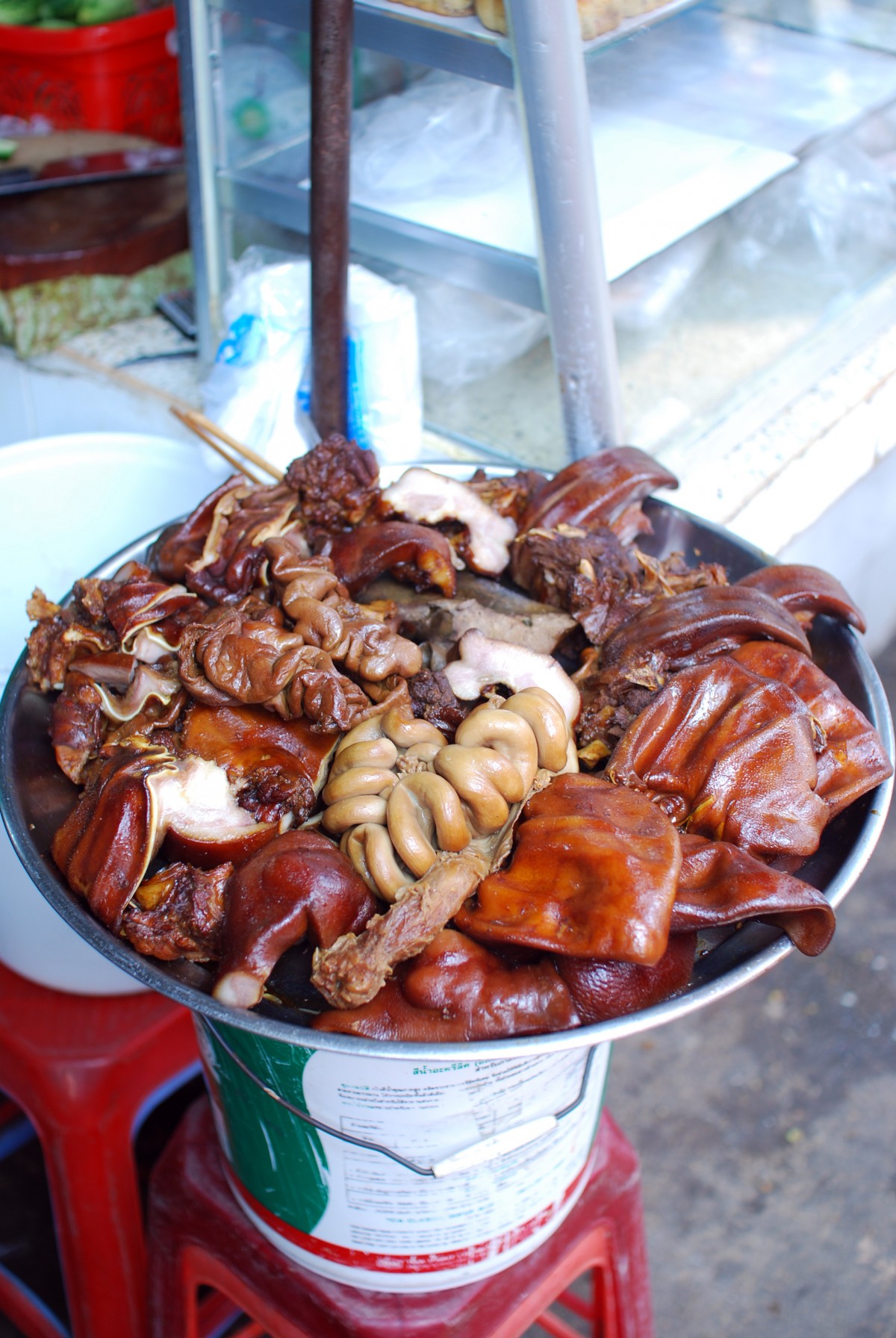Just because you barbecued that tongue next to a road doesn’t make it a cuisine
I didn’t attend the World Street Food Congress a fortnight ago in Singapore but the outcomes from it seem to have devolved into the basest discussion of street food: name-calling, jingoism and fear of foreigners at once romanticising and ruining otherwise “authentic” food cultures. Some foreigners points of view seemed to be valid simply because they get parachuted into a cuisine courtesy of a television show, others invalidated despite decades of experience in the field and most likely, being the fixers for those same television shows. While I wasn’t at the conference, I’m no stranger to being accused of both creating nostalgia for and wrecking street food for foreigners and locals alike.
Singapore is a strange place to hold a street food conference given that most of its street food has been moved to malls and hawker centres. Conference founder KF Seetoh conflates the two. Bon Appetit’s Jenny Miller, covering the conference interviews him:
. “Street food is a cuisine, not a physicality,” he insisted. When I approached him after a panel to press the question, “Isn’t something lost when you move street food off the streets?,” he seemed impatient: “You are romanticizing it. Do you want to get food poisoning?”
Street food isn’t a cuisine: it’s food that happens to be outside. Food that is served on the street is a subset of the wider regional cuisine. The elements that link street foods together across different cuisines and cultures have little to with the food itself and more to do with local conditions that drive vendors into the outdoors. Mostly, that condition is poverty and lack of regulation which adds an awful irony to a conference that costs $750 in a nation ridiculed for its regulations. Additionally, there is a body of research demonstrating that the risk of street food contamination is low and not any higher than in restaurants.
What is lost when a street food moves indoors is transparency. When the food is served outside, you have an often far too intimate and transparent relationship with the food preparation. One of my favourite stories of this intimacy is from Austin Bush, eating the Burmese pickled tea leaf salad, lephet thoke:
Once several years ago I ordered the dish at a street stall in downtown Yangon. The woman mixed the dish, in the traditional manner, with her bare hand, squeezing and squelching the mixture thoroughly. After serving me the lephet thoke, she then stared at me while I ate it, licking her fingers the entire time.
On the street, there is generally nothing to hide: you can immediately pick a popular stall from an unpopular one, you can eyeball the chef, see the ingredients and preparation. In a mall, this doesn’t happen. So what’s the value in rolling together food that is served on the street and food from the mall?
My guess: billions of tourism dollars. Food tourism is gigantic business. In 2003, Tourism Queensland estimated that 22% of international visitor expenditure is food. If this held true for Singapore, whose GDP is ~10% tourism, this would be worth SGD$7.7 billion. The international fight to be perceived as having the world’s best street food is a high stakes game.
